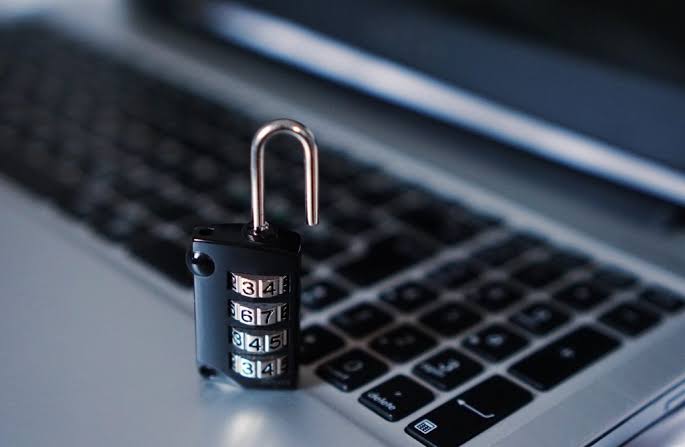Cybersecurity is critical for businesses of all sizes. These tips can help you secure your computers and mobile devices from malicious actors.
How to secure your computer from hackers
Despite the prevalence of computer hackers, most businesses rely on the internet to track their financials, order and maintain inventory, conduct marketing and PR campaigns, connect with customers, engage in social media, and perform other critical operations. Yet we continue to hear about massive computer breaches, even at giant corporations with robust security measures in place.
1. Use a firewall

Windows and macOS have built-in firewalls – software designed to create a barrier between your information and the outside world. Firewalls prevent unauthorized access to your business network and alert you to any intrusion attempts.
Make sure the firewall is enabled before you go online. You can also purchase a hardware firewall from companies such as Cisco, Sophos or Fortinet, depending on your broadband router, which also has a built-in firewall that protects your network. If you have a larger business, you can purchase an additional business networking firewall.
2. Install antivirus software

Computer viruses and malware are everywhere. Antivirus programs such as Bitdefender, Panda Free Antivirus, Malwarebytes and Avast protect your computer against unauthorized code or software that may threaten your operating system. Viruses may have easy-to-spot effects – for example, they might slow your computer or delete key files – or they may be less conspicuous.
Antivirus software plays a major role in protecting your system by detecting real-time threats to ensure your data is safe. Some advanced antivirus programs provide automatic updates, further protecting your machine from the new viruses that emerge every day. After you install an antivirus program, don’t forget to use it. Run or schedule regular virus scans to keep your computer virus-free.
3. Install an anti-spyware package
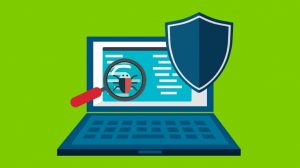
Spyware is a special kind of software that secretly monitors and collects personal or organizational information. It is designed to be hard to detect and difficult to remove and tends to deliver unwanted ads or search results that are intended to direct you to certain (often malicious) websites.
Some spyware records every keystroke to gain access to passwords and other financial information. Anti-spyware concentrates exclusively on this threat, but it is often included in major antivirus packages, like those from Webroot, McAfee and Norton. Anti-spyware packages provide real-time protection by scanning all incoming information and blocking threats.
4. Use complex passwords
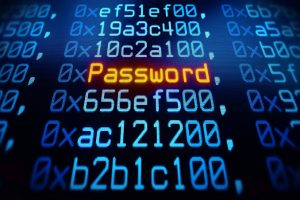
Using secure passwords is the most important way to prevent network intrusions. The more secure your passwords are, the harder it is for a hacker to invade your system.
More secure often means longer and more complex. Use a password that has at least eight characters and a combination of numbers, uppercase and lowercase letters, and computer symbols. Hackers have an arsenal of tools to break short, easy passwords in minutes.
Don’t use recognizable words or combinations that represent birthdays or other information that can be connected to you. Don’t reuse passwords, either.
5. Keep your OS, apps and browser up-to-date

Always install new updates to your operating systems. Most updates include security fixes that prevent hackers from accessing and exploiting your data. The same goes for apps. Today’s web browsers are increasingly sophisticated, especially in privacy and security. Be sure to review your browser security settings in addition to installing all new updates. For example, you can use your browser to prevent websites from tracking your movements, which increases your online privacy. Or, use one of these private web browsers.
6. Ignore spam

Beware of email messages from unknown parties, and never click on links or open attachments that accompany them. Inbox spam filters have gotten pretty good at catching the most conspicuous spam. But more sophisticated phishing emails that mimic your friends, associates and trusted businesses (like your bank) have become common, so keep your eyes open for anything that looks or sounds suspicious.
7. Back up your computer

If your business is not already backing up your hard drive, you should begin doing so immediately. Backing up your information is critical in case hackers do succeed in getting through and trashing your system.
Always be sure you can rebuild as quickly as possible after suffering any data breach or loss. Backup utilities built into macOS (Time Machine) and Windows (File History) are good places to start. An external backup hard drive can also provide enough space for these utilities to operate properly.
8. Shut it down

Many businesses, especially those operating a web server, are “all systems go” all the time. If you’re not operating a complex internet-based company, however, switch off your machine overnight or during long stretches when you’re not working. Always being on makes your computer a more visible and available target for hackers; shutting down breaks the connection a hacker may have established with your network and disrupts any possible mischief.
9. Use virtualization

Not everyone needs to take this route, but if you visit sketchy websites, expect to be bombarded with spyware and viruses. While the best way to avoid browser-derived intrusions is to steer clear of unsafe sites, virtualization allows you to run your browser in a virtual environment, like Parallels or VMware Fusion, that sidesteps your operating system to keep it safer.
10. Secure your network
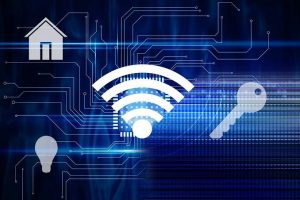
Routers don’t usually come with the highest security settings enabled. When setting up your network, log in to the router, and set a password using a secure, encrypted setup. This prevents intruders from infiltrating your network and messing with your settings.
11. Use two-factor authentication
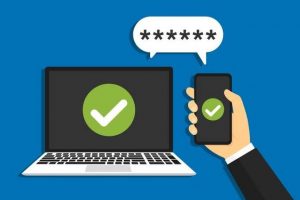
Passwords are the first line of defense against computer hackers, but a second layer boosts protection. Many sites let you enable two-factor authentication, which boosts security because it requires you to type in a numerical code – sent to your phone or email address – in addition to your password when logging in.
12. Use encryption

Even if cybercriminals gain access to your network and files, encryption can prevent them from accessing any of that information. You can encrypt your Windows or macOS hard drive with BitLocker (Windows) or FileVault (Mac), encrypt any USB flash drive that contains sensitive information and use a VPN to encrypt web traffic. Only shop at encrypted websites; you can spot them immediately by the “https” in the address bar, accompanied by a closed-padlock icon.







